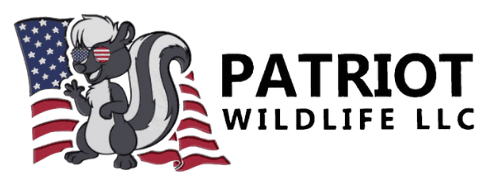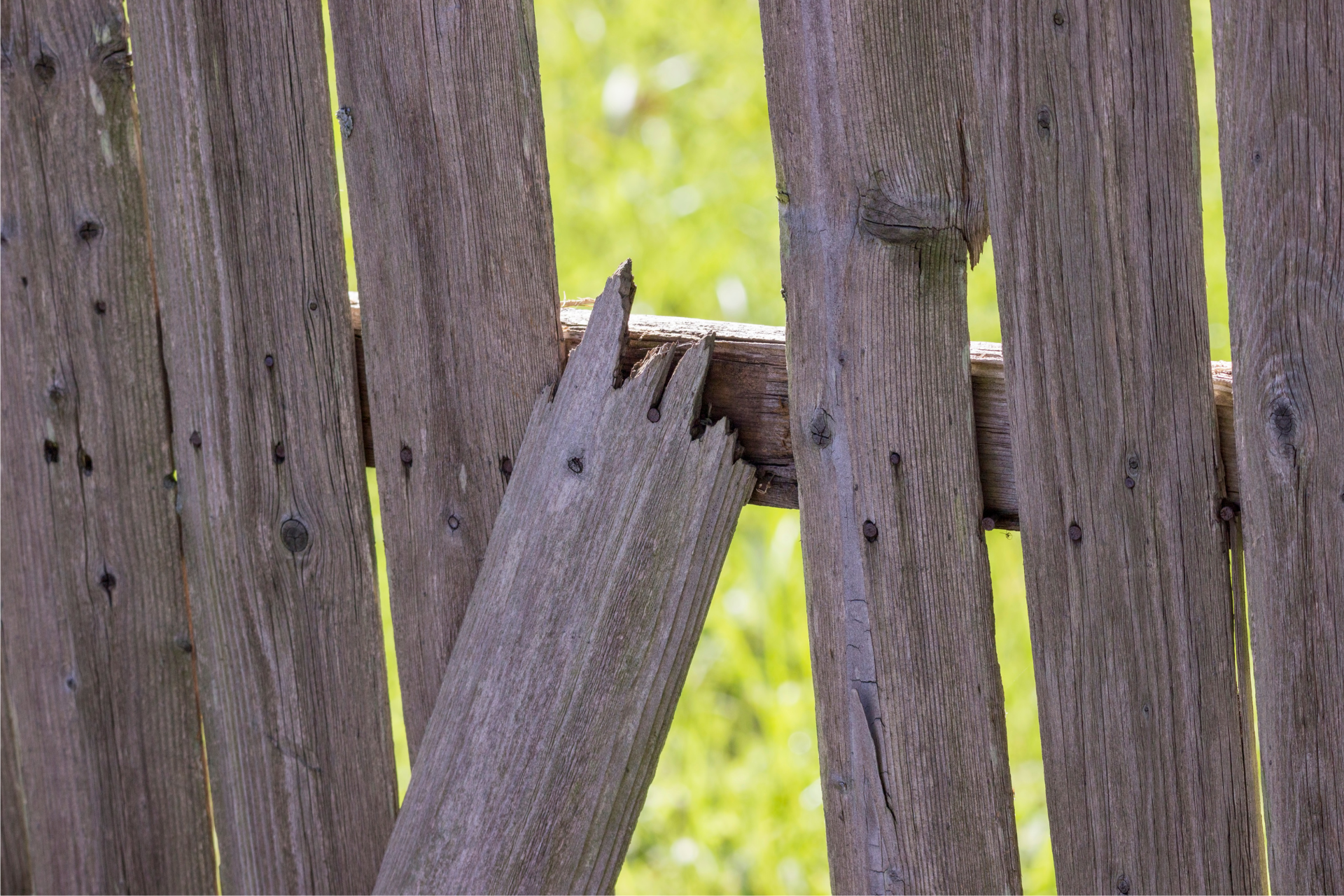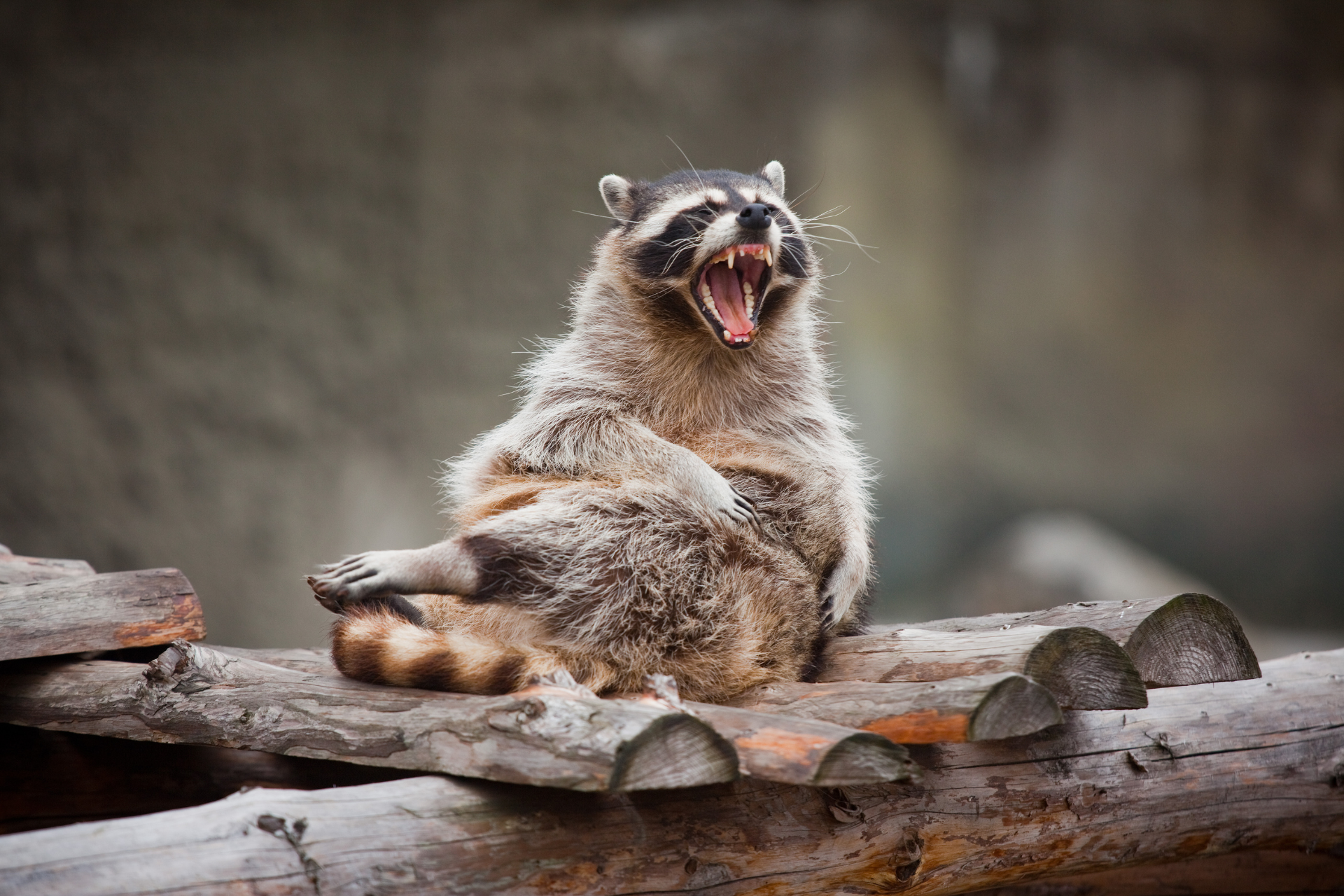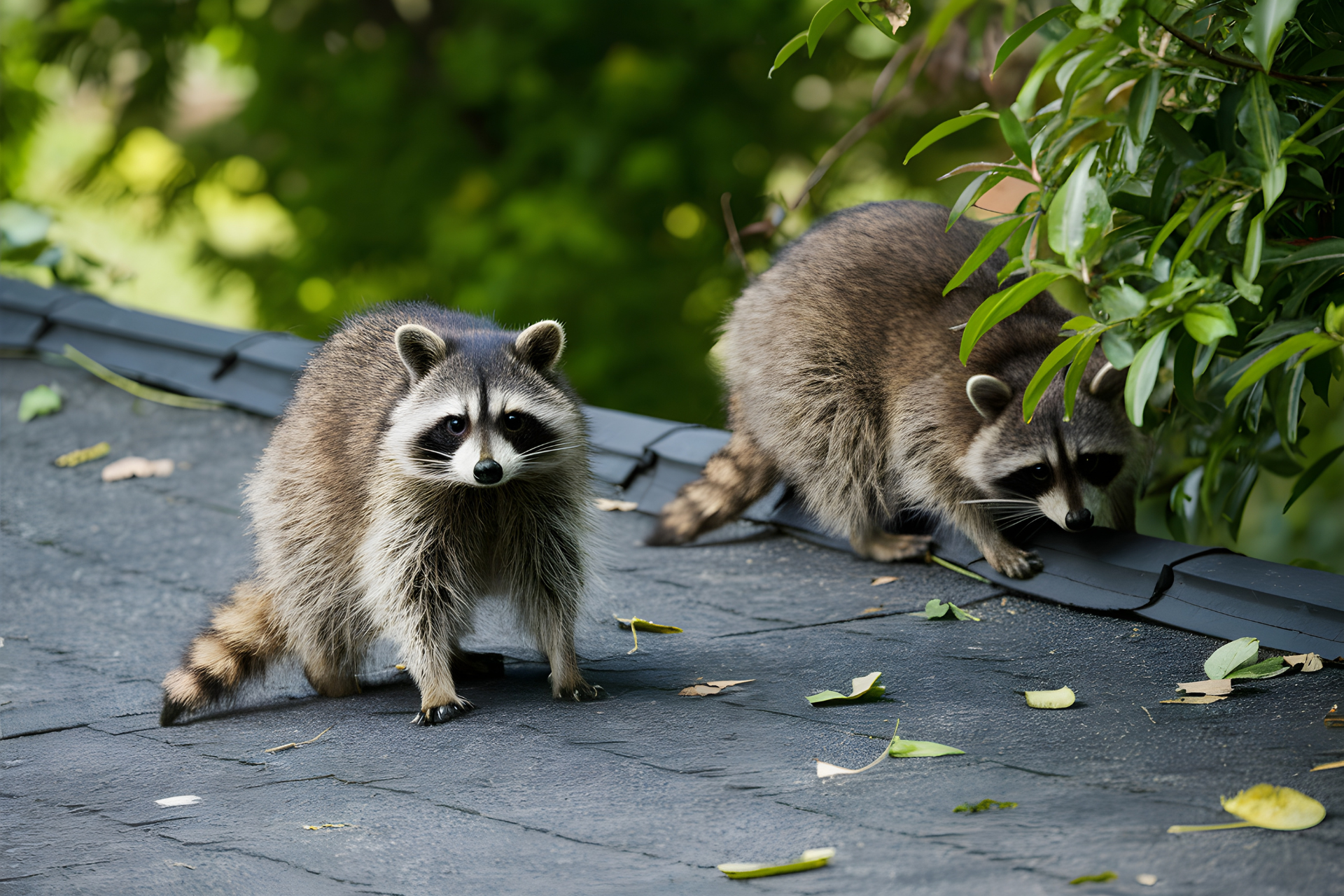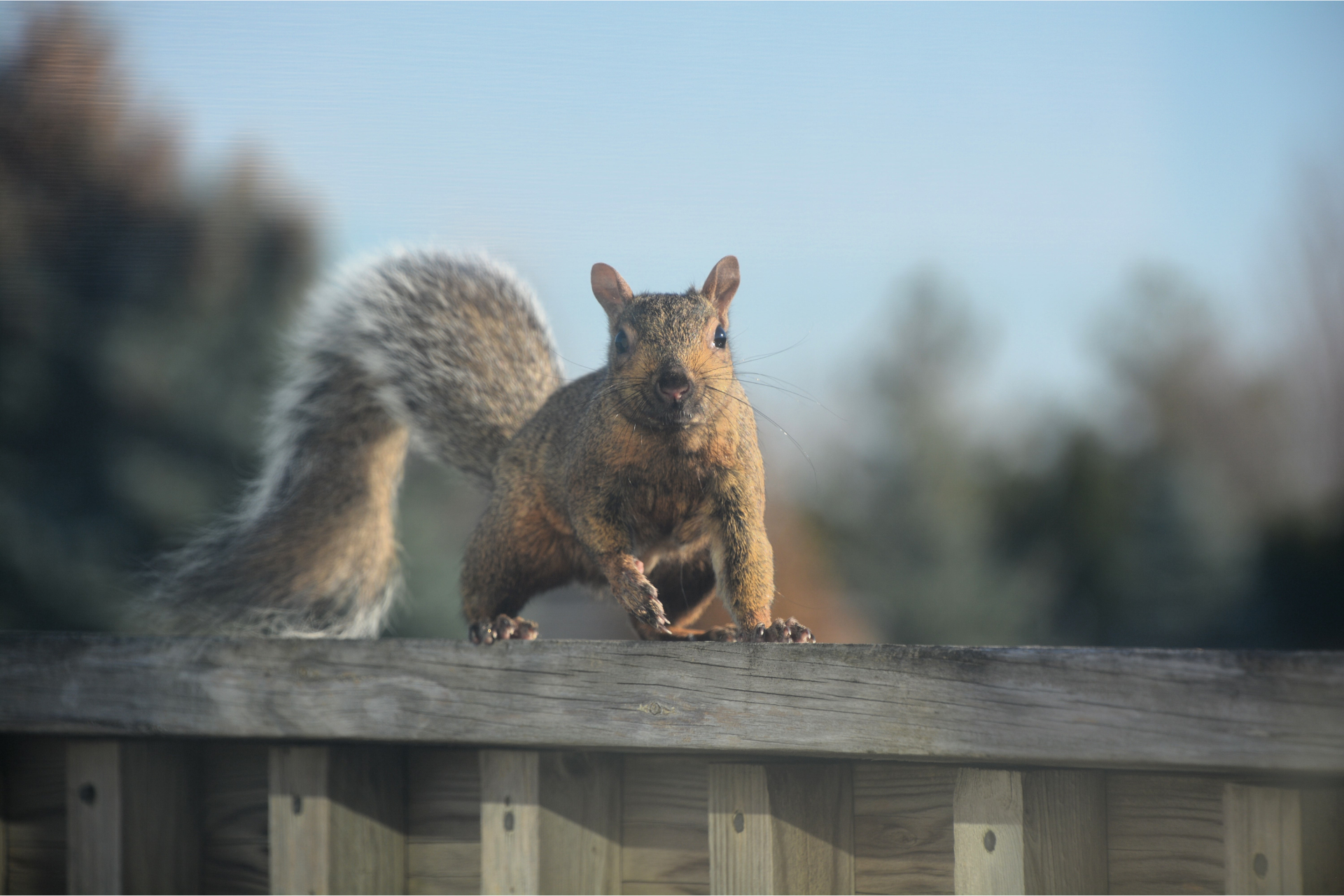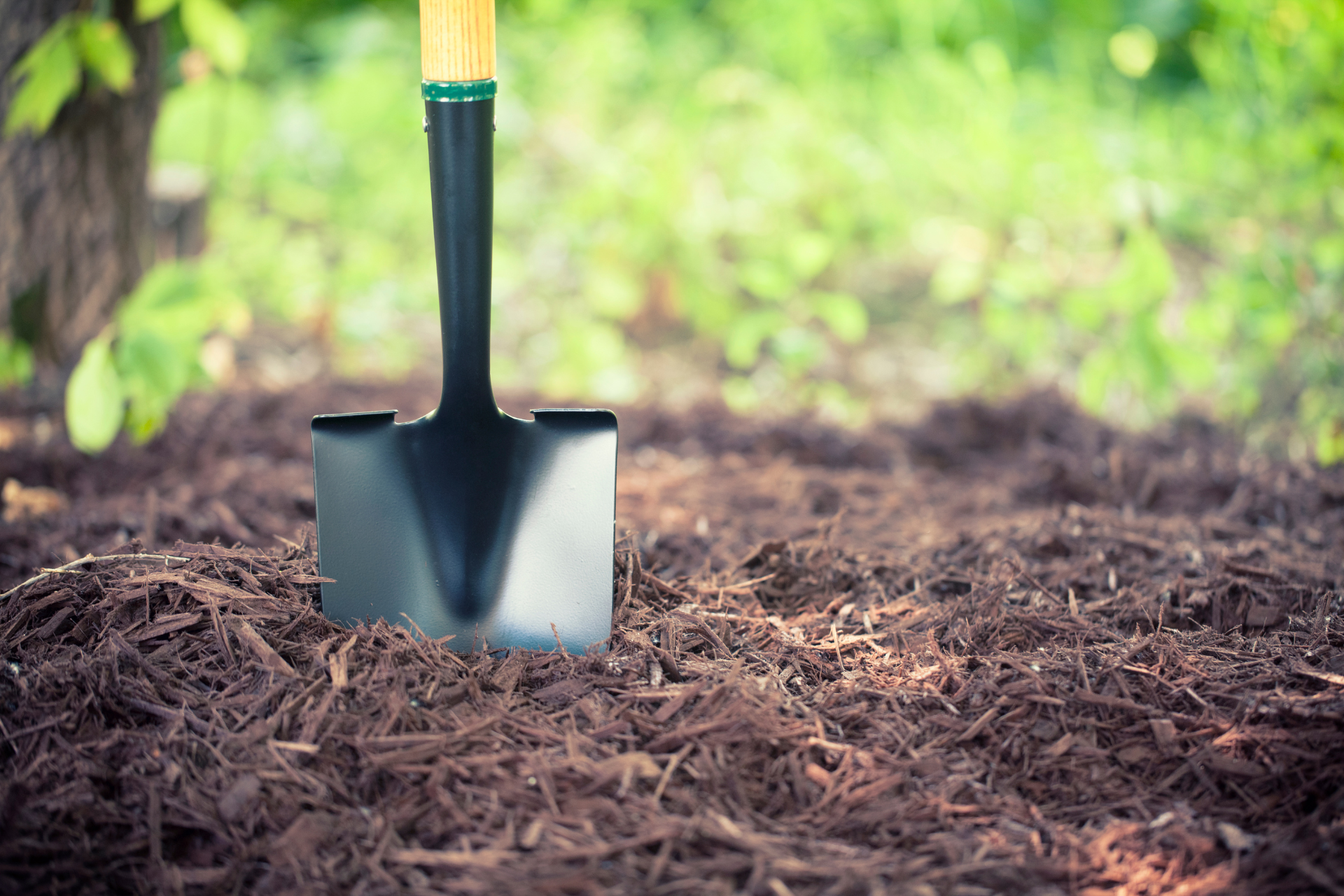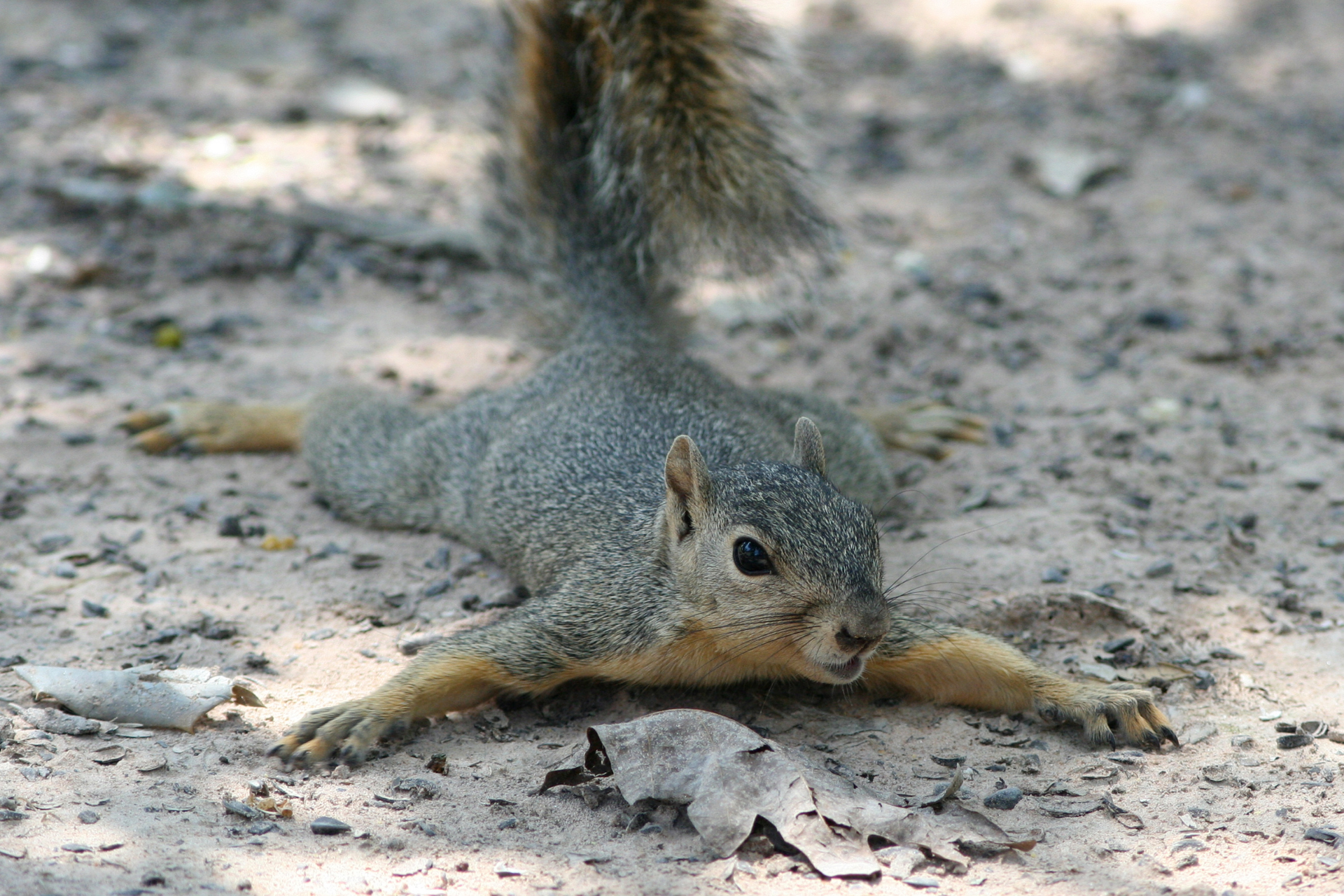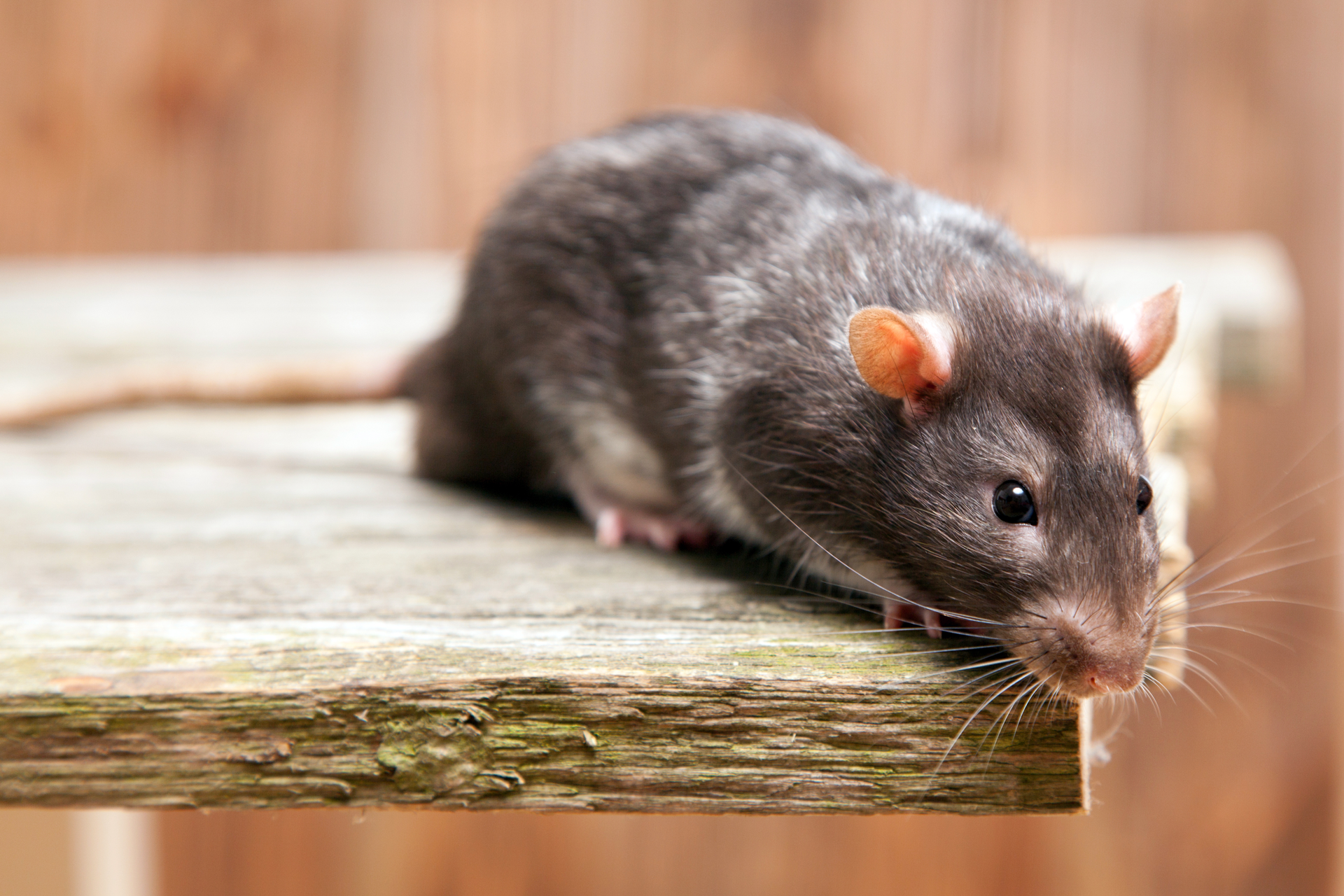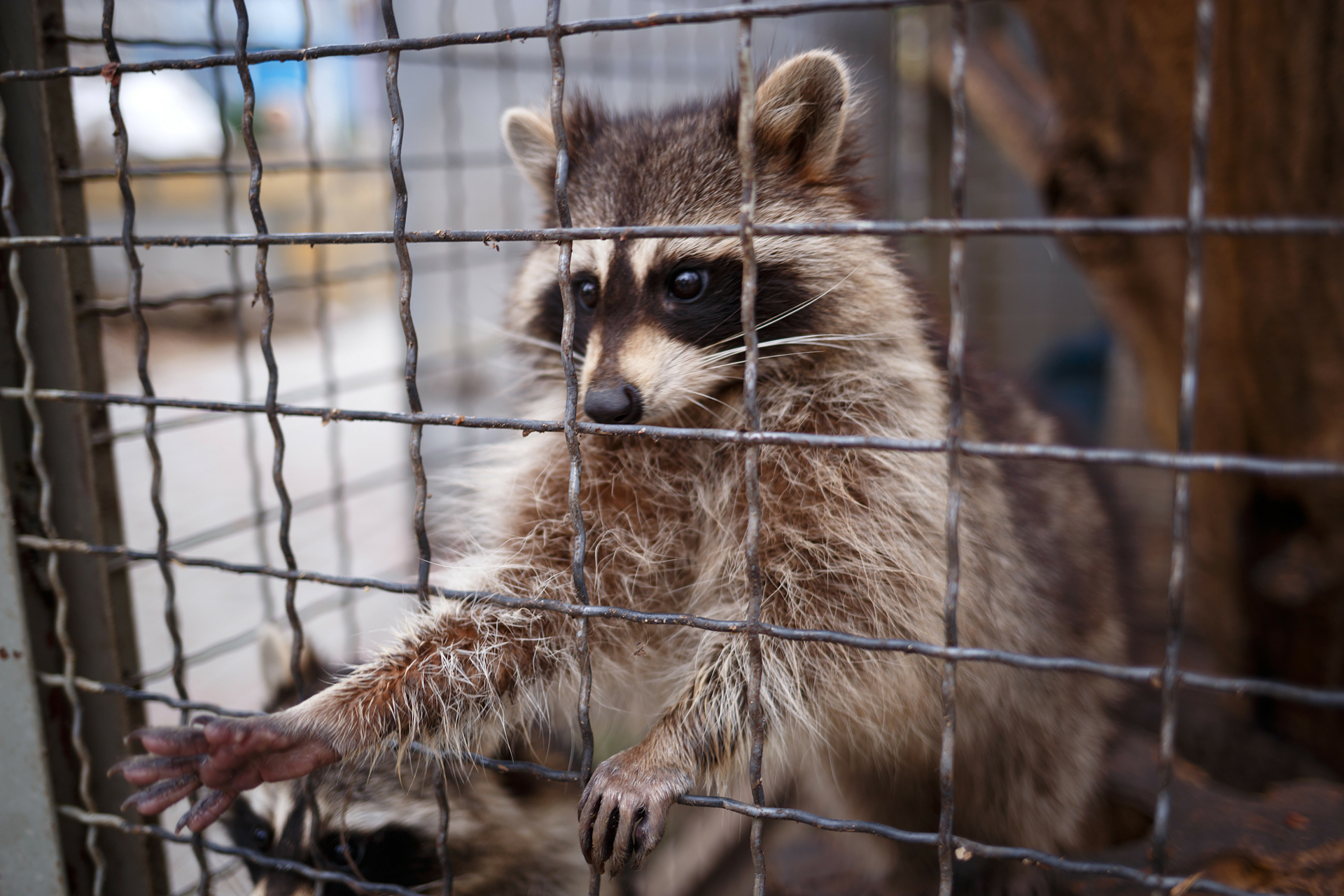Health Impact Of Animal Droppings
Animal Droppings And Your Health
The presence of wildlife in or around your home might seem harmless at first glance, but the reality is far from benign. One of the most significant and often overlooked hazards is the impact of animal droppings. These seemingly minor remnants are far more than a superficial nuisance—they carry a range of potential dangers that can compromise the safety and comfort of your living environment. Beyond the unpleasant appearance and odors, animal droppings can release harmful particles into the air, creating health risks for everyone in the household. Whether in attics, basements, or crawl spaces, the accumulation of these droppings poses a threat that extends beyond what’s immediately visible.
Wildlife droppings harbor bacteria, fungi, and viruses that can infiltrate your home’s air supply, potentially leading to respiratory illnesses, allergies, and other serious health conditions. As the droppings dry, they crumble into fine particles that are easily carried through air ducts, spreading contamination throughout your home. This is particularly concerning for individuals with asthma or weakened immune systems, as prolonged exposure can exacerbate health issues. Moreover, these droppings can attract secondary pests like flies or mites, compounding the problem. Recognizing the risks associated with wildlife droppings is essential for taking proactive measures to safeguard your home and the well-being of your family.
Potential Health Risks And Damages
Animal droppings are more than unsightly—they are a hidden danger that can significantly compromise indoor air quality. As these droppings dry out, they disintegrate into fine particles that can easily become airborne, infiltrating your HVAC system and circulating throughout your home. This airborne contamination poses a silent but serious threat, as inhaling these particles exposes you and your family to a range of potential health risks. Droppings often contain bacteria, fungi, and viruses that thrive in these conditions, turning a simple cleanup into a complex health hazard if not handled correctly.
Rodent droppings, for instance, are a well-documented source of hantavirus, a severe respiratory disease with life-threatening implications. Similarly, bat guano is notorious for harboring fungal spores responsible for histoplasmosis, an illness that primarily affects the lungs and can become chronic if untreated. The danger lies in the invisibility of these microscopic threats—while the droppings themselves may be removed, lingering contaminants can persist in the air and on surfaces, creating long-term exposure risks. Without thorough, professional cleaning and sanitization, these hazards remain, increasing the likelihood of illness over time. Protecting your indoor air quality starts with recognizing the potential harm posed by wildlife droppings and addressing them promptly and effectively.
The dangers of wildlife droppings extend beyond health concerns to the physical integrity of your home. Accumulated droppings in attics, basements, or crawl spaces can lead to moisture buildup, creating a breeding ground for mold and mildew. Mold growth, spurred by the nutrients found in droppings, further deteriorates air quality and exacerbates respiratory issues, especially for individuals with asthma or allergies.
Beyond the air, droppings can seep into wood, insulation, and drywall, weakening these materials over time. This structural degradation not only poses safety risks but can also result in costly repairs. Moreover, the strong odors emitted by accumulated droppings attract more wildlife, creating a cycle of infestation and damage that becomes harder to manage the longer it persists.
Wildlife droppings often come with unwelcome companions in the form of parasites. Fleas, ticks, and mites thrive in the nests and droppings left behind by animals, creating an invisible but potent threat to your home. Once these parasites make their way inside, they can quickly spread, latching onto pets, furniture, and even family members. This hidden invasion escalates the health risks already posed by the presence of wildlife droppings, turning a localized issue into a widespread problem. Beyond their physical irritation, these parasites are known carriers of various diseases, amplifying the potential dangers.
Ticks, for instance, are notorious for spreading Lyme disease, a condition with long-term health implications if left untreated. Fleas, meanwhile, can transmit illnesses such as murine typhus and cat scratch fever, adding another layer of risk to the equation. Mites, though less noticeable, can trigger allergic reactions and skin irritations, further compromising your home’s safety. Addressing these threats requires more than surface-level cleaning. Effective containment and professional removal of both wildlife droppings and the parasites they harbor are critical steps in safeguarding your home. Without proper intervention, these health threats can persist, making a thorough and proactive approach essential for restoring a safe and healthy living environment.
Active Prevention And The Cost Of Neglect
One of the most effective ways to mitigate the risks posed by animal droppings is through prevention. Wildlife often gains access to homes through small gaps in roofs, walls, or foundations. Once inside, they establish nesting areas where droppings accumulate, leading to the health hazards outlined above. Sealing these entry points is a proactive step that prevents animals from entering in the first place.
Beyond physical barriers, maintaining a clean and clutter-free environment reduces the appeal of your home to wildlife. Proper storage of food and waste, along with regular inspections of attics and basements, can help identify potential problems before they escalate. Investing in prevention not only protects your home from damage but also safeguards your family’s health from the outset.
Ignoring the presence of animal droppings can have long-term consequences, both financially and health-wise. Medical expenses for treating illnesses linked to droppings and their associated contaminants can quickly add up. Additionally, the cost of repairing structural damage caused by droppings and subsequent mold growth can far exceed the price of professional wildlife removal and cleanup services.
Furthermore, a home with a history of wildlife infestations and the associated damage may face reduced property value. Potential buyers are likely to view a home with evidence of animal droppings as poorly maintained, leading to lower offers or longer times on the market. Taking action to address the problem promptly is an investment in both your health and your property’s value.
At Patriot Wildlife, we specialize in providing comprehensive solutions to address the risks posed by wildlife intrusions, including the removal of harmful droppings and preventive measures to protect your home. Our team understands the far-reaching implications of animal droppings on indoor air quality, structural integrity, and family health. With our expertise, you can ensure that your home remains a safe, clean, and comfortable sanctuary.
Don’t wait for minor signs of wildlife to escalate into major health and safety concerns. Contact Patriot Wildlife today to schedule a professional inspection and take the first step toward reclaiming your home. Together, we can create an environment that prioritizes your family’s well-being while keeping wildlife where it belongs—in the wild.
